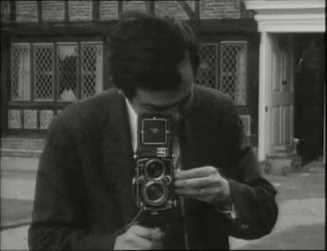
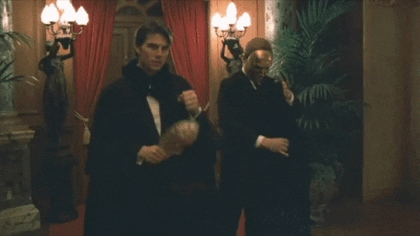
Down to the Wire
The timing of Kubrick’s death when he was making Eyes Wide Shut couldn’t have been more down to the wire in retrospect. Obviously, Kubrick didn’t know he would suddenly pass away, but when he did, he had just screened the final cut of the film to Warner Brothers less than a week beforehand.
Though, Nicole Kidman and many others claim that the film may have been edited further, but that’s kind of how Kubrick rolled in general.
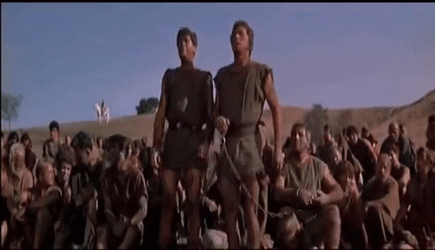
Spartacus, A True Epic
Stanley Kubrick had made several films before he made Spartacus (most famously Paths of Glory and The Killing), but he had never made a film at the scale of Spartacus, and no one in Hollywood had.
At the time, it cost $12 million, which made it the most expensive Hollywood film produced up to that point. In fact, the budget was literally higher than what the studio was worth, as Universal sold its assets for $11.25 million to MCA as the movie was being filmed. Combine that with a monstrous 167-day shooting schedule and at least 50,000 extras for some scenes, and you have a film that’s truly epic.

Here’s…
While Kubrick was a notorious perfectionist, he was not above letting actors occasionally improvise lines, and thank god he wasn’t.
Because the most famous line from The Shining, as seen above, was an improv by Jack Nicholson on the day of the shoot. Its inclusion is goddamn perfect that it’s one of the most iconic moments in the history of film horror.
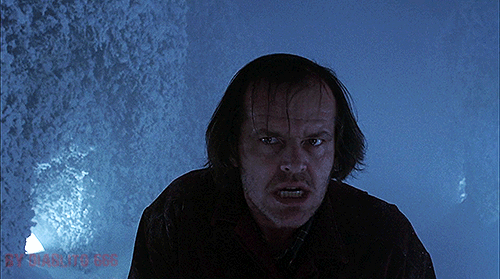
The Overlook’s Fate
Stanley Kubrick was pretty famous for literally destroying pieces of his movies that he didn’t use, but The Shining is especially wild because it had a different ending that made it to theaters that Kubrick pulled and cut out after the film had been out for a weekend.
That ending is just an extension of the final film, following on from Jack’s death in the snow. Thanks to some screenplay pages, the gist is this:
Wendy ends up in the hospital, where she’s visited by Stuart Ullman and tells her that the police have checked the hotel and found nothing that proves her story. She and Danny are invited to stay with him for a while as a screen of text tells the audience that “The Overlook Hotel would survive this tragedy, as it had many others. It is still open each year from May 20th to September 20th. It is closed for the winter.”
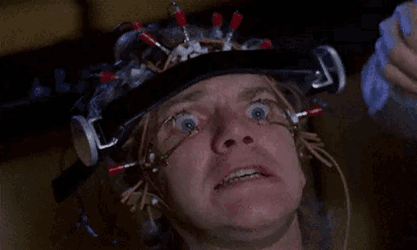
Reluctant Adaptation
While working on Dr. Strangelove, Kubrick was given a copy of A Clockwork Orange. What you’d expect is that he read it, loved it, and moved into adapting it. This was not the case.
He actually found the book incredibly confusing, due to it being written in a language that the author, Anthony Burgess, had created for the book, which combined English with bits of Russian slang. Kubrick was much more interested in making a film about Napoleon, but when that project fell apart, Kubrick reread A Clockwork Orange and found the lead character of Alex compelling enough on his own that he decided to adapt it. Which had… Unintended consequences.
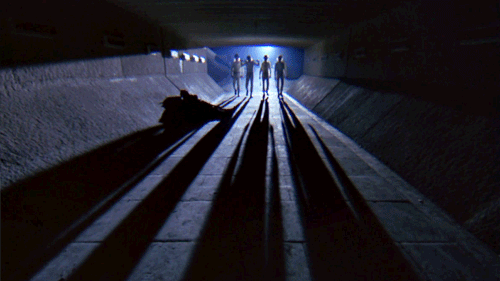
Moratorium
A curious bit of trivia about A Clockwork Orange is that it was pulled from theatrical circulation in the U.K. and Ireland until his death in 1999. The reason being that the film was being blamed for various acts of violence throughout the region, which Kubrick didn’t care about. At first.
That was until he was in the process of filming Barry Lyndon, he and his family not only received death threats, but threats that would be designed to mimic the infamous attack by Alex and the droogs. Kubrick made the studio pull the film from that part of the world as long as he was alive.

NASA Lenses
Speaking of Barry Lyndon, the film was famous for the fact that it was shot mostly without electric light, lit only by candles and gas lamps of the era the film is set in. In order to achieve this, the film acquired special lenses that had been designed by NASA to absorb light in such a way that he could pull it off. On top of that, he had to specially retrofit cameras to fit these lenses to the point that no other lens could be swapped onto these specially designed cameras

Carl Sagan and the Alien
One of Kubrick’s most famous films is 2001: A Space Odyssey, and one particular problem dominated Kubrick’s time while making the film: How to show an alien. In Kubrick’s mind, it had to be something extremely abstract and as non-human in form as possible, so he consulted Carl Sagan for help.
Sagan ultimately talked Kubrick into only suggesting the presence of aliens instead of outright showing them, pointing out that any human design would be compromised by the artistic limits and vision of what humans could imagine.

Thanks LSD?
2001, despite its legendary status, was actually a bit of a flop at first. Its initial release was performing so poorly that MGM was preparing to pull the film from theaters and cut their losses until theater owners insisted that they didn’t.
What MGM hadn’t counted on was drugs. Theater owners noticed that young adults, particularly hippies, were buying tickets in droves to watch the “Star Gate” sequence while extremely under the influence of whatever they could get their hands on. This legitimately helped the film find its audience. So… Good job, drugs.

Another Joker
Not that Joker, the character from Full Metal Jacket.
While the part was ultimately played by Matthew Modine, Anthony Michael Hall was meant to play the part. But an argument over financial compensation ended that, but just saying that doesn’t quite convey the scope of the argument. Kubrick and Hall went back and forth for eight months, as Hall really wanted to play the character. But in the end, it didn’t happen.
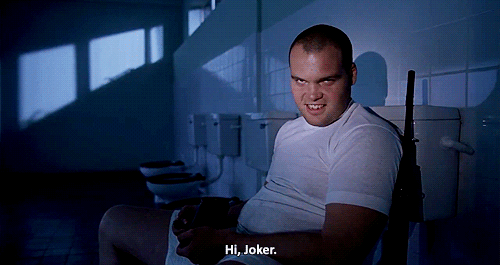
Heavy Gains
Vincent D’Onofrio, who plays the now-legendary character Gomer Pyle, set an odd record in Hollywood. He gained 70 pounds to look the part, and it’s the most weight that any actor has ever gained on top of their real weight to play a character in a movie.
He also kept his head shaved for the duration of filming, which apparently ruined D’Onofrio’s social life at the time, as people thought he literally looked stupid.
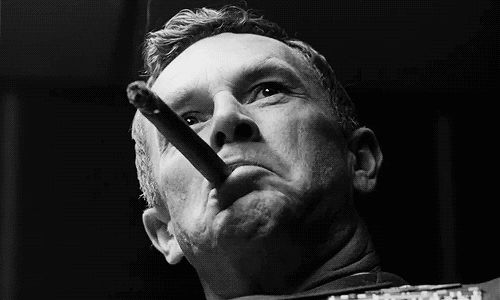
Policy Change
Something that’s lost in the shuffle about Stanley Kubrick’s immortal satire Dr. Strangelove is that it wasn’t originally going to be a comedy. The film is based on a VERY serious novel called Red Alert, which is crucial to this next bit.
While the film played the scenario of a mad general launching nuclear weapons as a gag, the book was seen as raising real concerns about such a scenario. But the book became considerably more popular after the film’s release, and ended up being taken seriously by the Pentagon’s Scientific Advisory Committee for Ballistic Missiles. It led to actual policy change that prevented a single individual from unilaterally unlocking nuclear weapons.
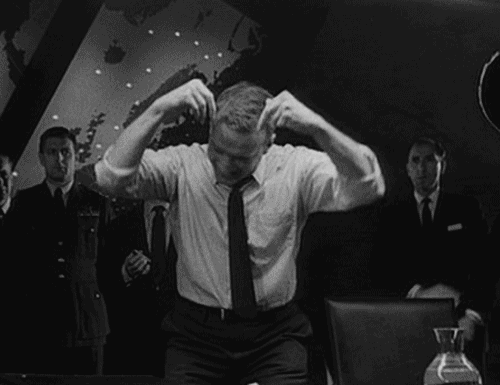
The Greatest Lie Ever Told
This is far and away my favorite story about Stanley Kubrick.
One of the funniest parts of Dr. Strangelove is General Buck Turgidson, played by George C. Scott. But Scott didn’t want to play such a cartoony character, but Kubrick convinced him to do takes as wacky as possible, calling it an “acting exercise,” and afterwards they’d shoot a more serious take, and that would satisfy Scott.
Except that Kubrick didn’t use a single serious take. He ONLY used the goofy takes, which pissed off Scott so much that he swore never to work with Kubrick again. It took decades for Scott to admit that he liked the performance and appreciated it, but still felt lied too. And… Well, he was.
 Barnorama All Fun In The Barn
Barnorama All Fun In The Barn